Hi sweet moms,
Today we are going to talk about the most popular breakfast in most homes – breakfast cereals.
Meeting with new families on a daily basis I now realize that in Canada cereal with milk is the go-to breakfast, and it is very hard to change.
In this post I will not attempt to convince you to change or break that habit (that’s a topic for another blog post), however I’ll teach you how to choose the right breakfast cereals for your family, and what to look out for when reading the food labels on the back of the box.
Are you the one shopping for food in your household?
Have you ever felt like the cereal aisle is a never ending tunnel?
There are so many different kinds of cereals – I get a headache from the mix of colours alone.
So, variety is definitely not a problem, however, the validity of the “health” claims these cereals carry is definitely a problem.
What are the things you should pay attention to, and what are the things you should ignore when buying breakfast cereals for your family?
Let’s talk about that a little, shall we?
Some of the most popular breakfast cereals advertised as “healthy” for kids

Let’s walk through some of the health claims on these boxes and see what they actually mean:
“Multigrain”
As you can tell almost all of them are “multigrain”, which means that the processing includes not only one grain (99% of the time it would be wheat) but several other grains. Here’s the tricky part, which other grains? In most conventional breakfast cereals the grains used are wheat (white, refined), corn (GMO), rice (again white and refined), and soy (GMO!!!). When it comes to nutrition, these grains are nowhere near grains like spelt, kamut, millet, amaranth or buckwheat (aka ancient grains), so make sure to look for breakfast cereal that has these grains as the main ingredient.
“High source of fibre”
Here’s a little nutrition class for you:
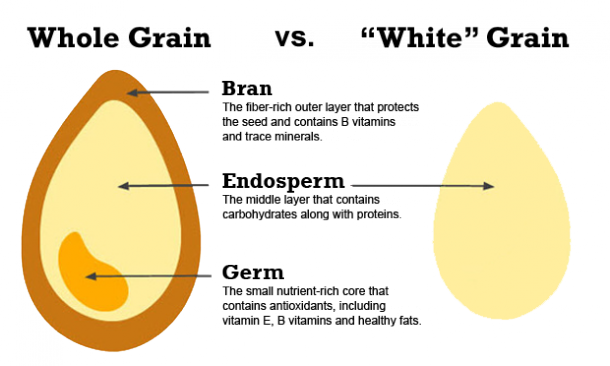
source: http://www.livinghealthyway.com/anatamy-of-grain-brown-and-white/
As you can see in the picture, the grain is made out of the germ, endosperm and bran. The endosperm is where all carbohydrates, b vitamins and a little bit of protein are stored. The bran is basically another way of saying fiber. In processing grains (meaning turning them into white), the bran is removed.
Why?
Because it toughens the grain, making it harder to cook and also shortens its shelf life.
The importance of fiber
Fiber is an extremely vital nutrient for our gut health, for a healthy bowel movement and for optimal digestion. It also can support healthy cholesterol levels, maintain an appropriate blood pressure range, contribute to healthy blood sugars, and may help with weight loss.
So, fiber is important. Got it?
Now, let’s go back to the lovely breakfast cereals our kids eat first thing in the morning. In most cases the fibre in those cereals comes from adding bran into cereal. Which means it has been removed first, processed, and then added back. As a supporter of a whole foods diet, this process just sounds dumb.
The only reason they do this is because it is cheap. So yeah, you are getting fibre, but it is not in a way nature has intended. There is a reason why the bran (fiber) was intended to be eaten with the endosperm (carbohydrates), because it slows down the rate at which glucose (sugar) enters our bloodstream. Eating grains without the fiber on a consistent basis means sugar crashes, high blood pressure, diabetes and weight gain.
What should you look out for?
When choosing breakfast cereals for your family, make sure that the label says “100% whole” and then the name of the grain (e.g. 100% whole wheat, 100% whole brown rice, 100% whole spelt, etc). This ensures that the bran has not been separated from the grain, and then added back.
“Fortified/Enriched with Minerals and Vitamins”
In nature minerals and vitamins were intended to be sourced from fresh fruits and vegetables. The key word here is fresh.
Here’s the ideal situation – you walk outside and see an apple tree. You pick that apple (without thinking too much), wipe it and bite on it. You enjoy the sweetness and the juiciness of it, smile and walk away.
The apple is obviously organic, whole (meaning sugar is not separated from fiber), and packed with minerals and vitamins our body recognizes and knows how to digest, break down and absorb.
This is how giant manufactures destroyed our food
They’ve separated the fiber from the sugar (bran from endosperm) and isolated vitamins and minerals in a chemistry lab. They’ve denatured our food, packaged it in plastic, designed a cool and fun box so that our kids can’t walk by it without noticing it, and they call that healthy!
For those of you who don’t understand how business works, I can tell you that they do that only for profits!
No one cares about your kids’ blood sugar levels. No one cares about your cholesterol. No one cares about your eczema or skin rashes. No one cares that you are bloated and gassy after eating this crap. No one cares that you are belching and burping all day. No one cares.
All they want is to make a profit. That’s all there is to it.
As a responsible parent, what should you do?
1. You must be educated about food and nutrition. This is our reality and it is not going to change. We have to feel good about the quality of the food we put on our kids’ plates, and believe me buying at a health food store is not enough. Not every health food store item is good for you or your kids.
Vani Hari, aka the FoodBabe, has recently released a book and she teaches consumers how to avoid chemicals that are entering our bodies through food. Vani is a food advocate, and actually has been able to pressure big food manufacturers to reveal their true ingredients, and also remove certain toxins from their processing. This book is a thorough look into our broken food system including how the government responds to it. It is a highly recommended read!
2. Learn how to read and understand food labels, I have designed a class specifically for that, for more info click here.
3. Serve other foods for breakfast – fruit, oatmeal, toasted sprouted bread with coconut oil spread on it are all great options. Breakfast cereals is a habit that have been perpetuated by the media for decades, it is not going to change unless you do something about it.
I’d love to hear from you!
Do you serve breakfast cereals at home? Which kind do you buy and why? Do you have better breakfast ideas that you’d like to share, please post them in the comments section below.
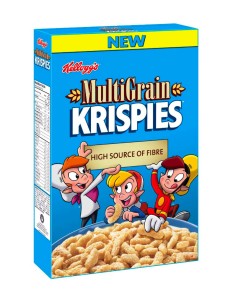
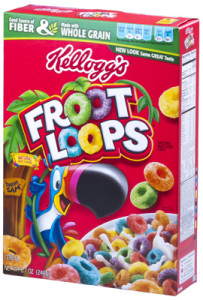
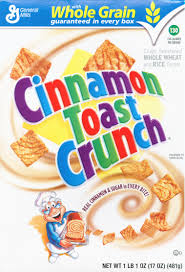
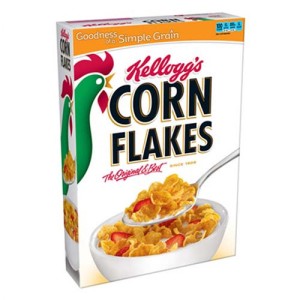
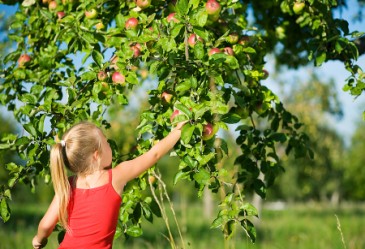

This is a good article, but how about the nutrition label facts? You completely ignored it here, don’t you think parents should know how to understand what it says?
This is an excellent article! Thanks Dorit you did a great job, I love the grain anatomy picture, makes it so much easier to picture how a grain actually looks like and why white and refined stuff and so bad for us – they lack the bran! I will do my best to avoid these from now on 🙂 Thanks again!
OMG I thought rice krispies are healthy!! They advertise them as having ingredients you can pronounce and the best bedtime snack. I think it’s best to just stop watching these commercials, they are full of false claims. Thanks for the insight Dorit, you’ve done a great job explaining a very important topic!
Thanks Dorit, I will definitely check Food Babe’s book, I need to learn this in more depth, as my husband’s breakfast has been cereal with milk for 35 years! He is so stubborn and won’t listen to me at all when I say these cereals are bad for him. ohh well… men!